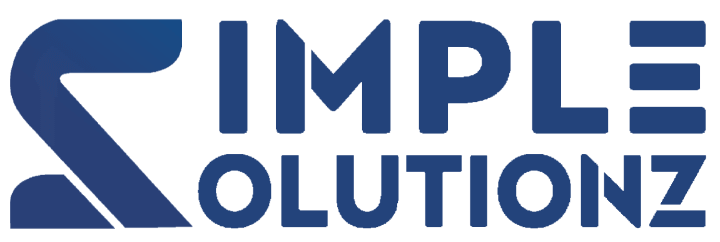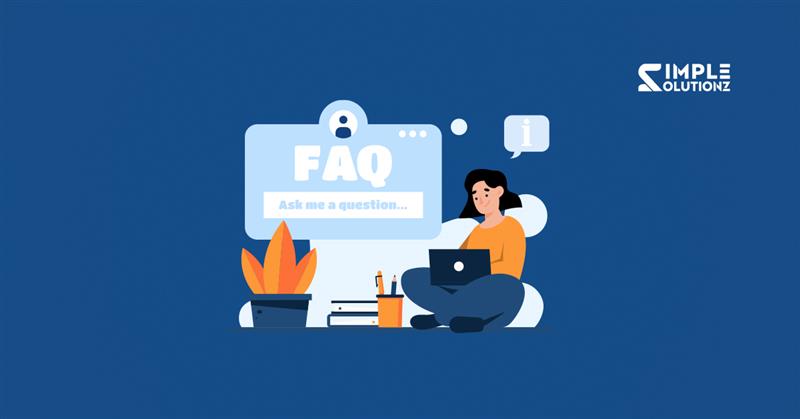FAQs are the customer-facing resources to know about every business. This page provides a series of questions that are commonly asked by customers including products and services, business hours prices, and more.
If you’re thinking about creating a FAQ page for your business, here are some examples to get started.
Contents
- What Makes an FAQ Page Effective?
- Why are FAQ Pages Essential?
- 1. Amazon: Comprehensive Yet Simple
- 2. Shopify: Built for Entrepreneurs
- 3. Slack: Playful and Practical
- 4. Airbnb: Tailored for Hosts and Guests
- 5. Evernote: Simple and Straightforward
- 6. Zappos: Warm and Customer-Centric
- 7. Google Workspace: Deep Yet Accessible
- 8. Ikea: Practical and Visual
- 9. HubSpot: Educational and Detailed
- 10. Tesla: Innovative and Engaging
- Tips for Building Your Effective FAQ Page
What Makes an FAQ Page Effective?
A great FAQ page stands out by being:
Informative and Relevant: It addresses the most asked questions about a product, service, or company.
Organized and Navigable: Categories or a search bar helps users quickly find the answers they need.
Engaging and Brand-Aligned: The tone and visuals reflect the company’s personality, creating a seamless brand experience.
Action-Oriented: Includes links to related resources or contact options for unresolved queries.
Optimized for SEO: Incorporates relevant keywords to attract organic traffic.
Why are FAQ Pages Essential?
FAQ pages play a significant role in the customer journey:
- Providing quick answers enhances satisfaction.
- By resolving hesitations, users are more likely to purchase or sign up.
- Answers repetitive queries, freeing up customer service agents for complex issues.
- FAQ pages often rank high in search engine results for question-based queries.
- A detailed FAQ page positions your brand as a trustworthy resource.
10 Best Examples of Effective FAQ Pages
1. Amazon: Comprehensive Yet Simple
Amazon’s FAQ page is a masterclass in usability, serving millions of customers globally.
Key Features:
- Topics are grouped into categories like “Shipping,” “Returns,” and “Account Management.”
- The search bar allows users to find specific answers instantly.
- FAQs often include step-by-step guide with visuals for better clarity.
Why it works:
Amazon ensures every user—whether a novice or experienced shopper—can resolve issues with minimal effort. The simplicity and breadth of information ensure efficiency.
2. Shopify: Built for Entrepreneurs
Shopify caters to a diverse audience of eCommerce enthusiasts, from beginners to experts.
Key Features:
- FAQs are divided into categories, such as “Store Setup,” “Payments,” and “Marketing.”
- Embedded tutorial videos provide visual learning opportunities.
- Real-life examples and troubleshooting guides make answers relatable.
Why it works:
Shopify understands its entrepreneurial users, offering technical and operational support tailored to their needs.
3. Slack: Playful and Practical
Slack’s FAQ page mirrors its brand personality—fun, yet highly effective.
Key Features:
- Conversational language makes FAQs feel less daunting.
- Divided into categories such as “Getting Started” and “Integrations.”
- Includes interactive GIFs and visuals to simplify explanations.
Why it works:
Slack humanizes its brand while ensuring users find value in every interaction, aligning perfectly with its collaborative product.
4. Airbnb: Tailored for Hosts and Guests
Airbnb’s FAQ page serves two distinct audiences with tailored answers.
Key Features:
- FAQs are split into “Help for Hosts” and “Help for Guests” sections.
- Each answer links to policies, safety guidelines, and examples for better context.
- Focused on building trust by addressing safety concerns and payment transparency.
Why it works:
Airbnb’s FAQs cater to its community-centric mission, ensuring clarity for guests and hosts.
5. Evernote: Simple and Straightforward
Evernote’s FAQ page is minimalist yet highly functional.
Key Features:
- A prominent search bar to find answers quickly.
- Topics such as “Billing,” “Syncing Issues,” and “Account Settings” are categorized.
- The mobile-friendly design ensures accessibility across devices.
Why it works:
Evernote’s clean design avoids overwhelming users, making it easy to find solutions to specific problems.
6. Zappos: Warm and Customer-Centric
Zappos integrates its exceptional customer service ethos into its FAQ page.
Key Features:
- Answers are presented in an approachable, conversational tone.
- Visual elements like infographics to clarify shipping and return policies.
- Direct links to live chat and customer service for unresolved issues.
Why it works:
Zappos prioritizes the customer, ensuring they feel valued and supported at every step.
7. Google Workspace: Deep Yet Accessible
Google Workspace offers a robust FAQ section tailored to businesses.
Key Features:
- Product-specific FAQs for apps like Google Drive, Gmail, and Docs.
- Advanced troubleshooting sections for IT administrators.
- Filter options to quickly locate answers.
Why it works:
Google Workspace strikes a balance between beginner accessibility and detailed technical support.
8. Ikea: Practical and Visual
Ikea’s FAQ page addresses practical issues with actionable solutions.
Key Features:
- Categories such as “Product Assembly” and “Delivery Issues.”
- Step-by-step guides with visuals for easy understanding.
- Links to downloadable manuals and support contacts.
Why it works:
Ikea’s focus on resolving common customer pain points ensures user satisfaction and brand loyalty.
9. HubSpot: Educational and Detailed
HubSpot’s FAQ page doubles as a learning resource.
Key Features:
- Covers a wide range of topics, from CRM basics to advanced marketing automation.
- Links to blogs, webinars, and tutorials for deeper learning.
- Regular updates to reflect product changes.
Why it works:
HubSpot empowers its users by offering not just answers, but educational resources for growth.
10. Tesla: Innovative and Engaging
Tesla’s FAQ page matches the cutting-edge nature of its brand.
Key Features:
- Answers specific questions about cars, solar products, and energy solutions.
- Interactive tools like range estimators and cost calculators.
- Modern, sleek design with minimal text for easy readability.
Why it works:
Tesla’s FAQs reflect its innovative ethos, offering futuristic solutions to common questions.
Tips for Building Your Effective FAQ Page
- Analyze customer inquiries to address the most common ones.
- Use categories, filters, or a search bar.
- Videos, GIFs, or images can simplify complex answers.
- Ensure the page is accessible and responsive across all devices.
- Keep FAQs current with product or policy changes.
- Include links to support tickets, live chat, or resources for further assistance.
An effective FAQ page is more than just a customer support tool—it’s a bridge between users and your brand. By learning from the examples, you can create an FAQ page that not only answers questions but also builds trust, improves SEO, and boosts conversions. Whether you’re a global eCommerce giant like Amazon or a niche business, a well-structured FAQ page is a valuable investment in your customer experience strategy.

